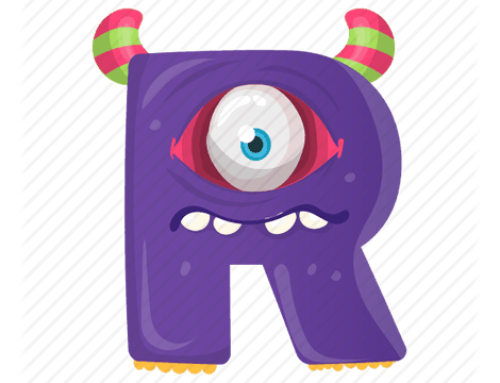Parents often ask me if they need to worry about their child’s lisp. This isn’t a simple question to answer – the only accurate answer is, “it depends.” Some children may speak with what is called a “frontal lisp” of the /s/ and /z/ sounds for a period of time. But if the lisp is truly developmental in nature, we expect it to disappear on its own by age 4 and a half. On the other hand, if the child is speaking with what is called a “lateral lisp,” this is not considered developmental, and this type of lisp likely won’t resolve on its own.
So, what is the difference between these two types of lisps, and when should you seek professional help?
A frontal lisp occurs when the child’s tongue either protrudes between the front teeth, or touches the front teeth. When the child says /s/ or /z/, it sounds more like a /th/. A frontal lisp is generally not considered developmental after age 4-and-a-half.
A lateral lisp occurs when the air escapes over the sides of the tongue. This can occur on many different sounds, including /s/, /z/, /sh/, /ch/ /zh/, and /dj/. Parents often describe this type of lisp as sounding “wet” or “slushy” because the sound of saliva moving in the mouth can be heard. For a lateral lisp, a speech evaluation and therapy should be sought as soon as you recognize the problem. A child with a lateral lisp typically cannot fix the problem on their own and will not grow out of it. A “wait-and-see” approach is typically ineffective, and also establishes the habit of incorrect production, making the problem more difficult to correct later on.
- Is your child a sloppy eater with food escaping the mouth?
- How does your child use his/her tongue? Is there drooling?
- Is he/she a mouth breather with her mouth open at rest and does the tongue protrude?
- Is it difficult for your child to lift his/her tongue (when modeled) to her alveolar ridge (the bony ridge behind the upper teeth)?
- Is it difficult for your child to close his/her mouth and keep it closed with tongue inside for at least 5 seconds?
If you answered “yes” to some of the questions above, this could indicate the presence of other issues (i.e., tongue tie, nasal cavity obstruction, tongue thrust, low muscle tone, etc,) and an evaluation by a Licensed and Certified Speech-Language Pathologist (ideally with special training in Myofunctional Therapy) can help identify these areas of concern.



